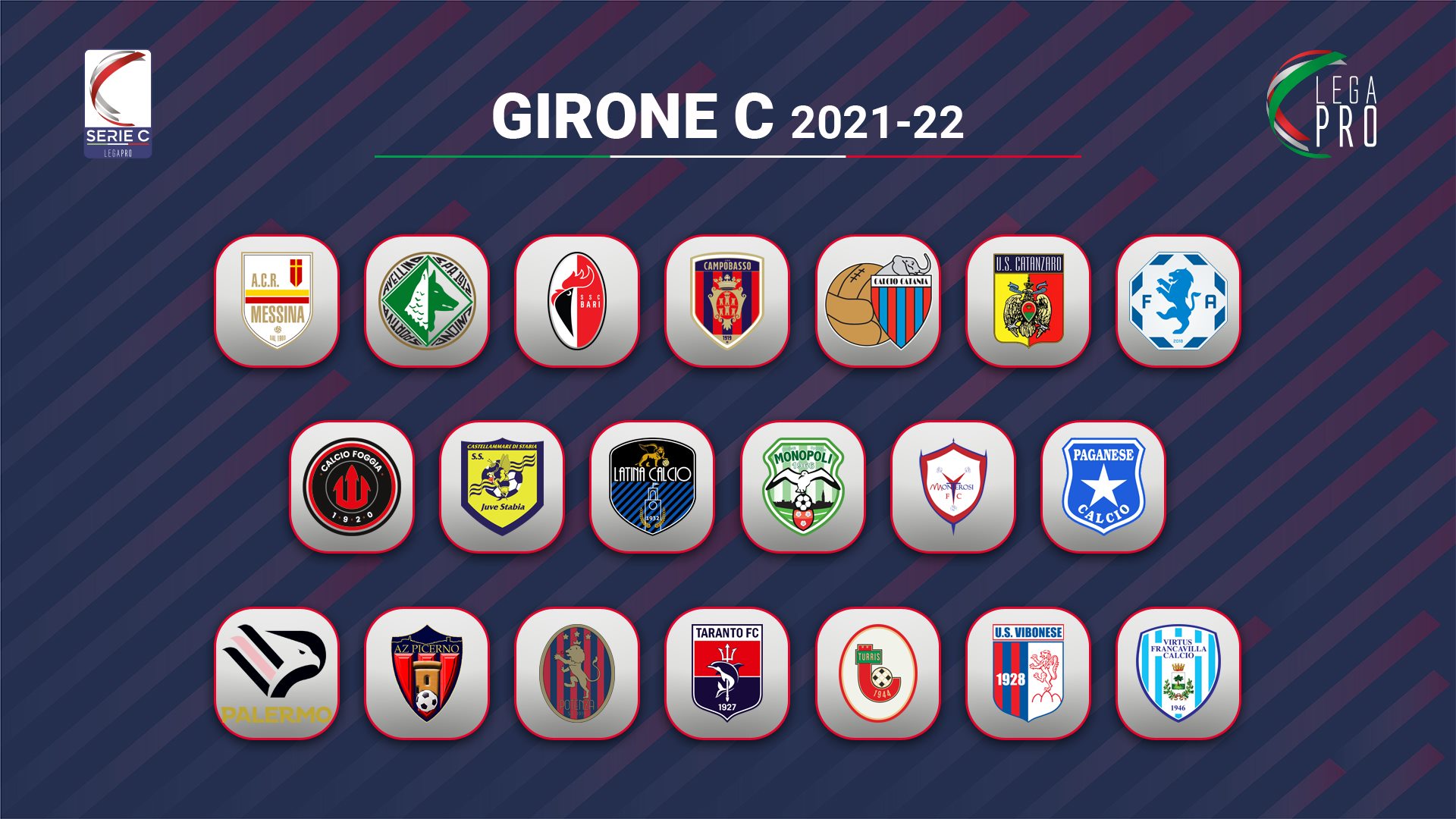League One Italy, officially known as Serie B, offers a captivating glimpse into the heart of Italian football. Beyond the glamour of Serie A, this second-tier league pulsates with passionate fans, rising stars, and historic clubs battling for promotion. This exploration delves into Serie B’s rich history, its current competitive landscape, and its vital role in shaping Italian football’s future.
From analyzing the financial health of prominent teams to profiling both established and emerging players, we examine the multifaceted aspects of Serie B. We’ll explore the electrifying atmosphere of matchdays, the influence of ultras, and the challenges and opportunities that lie ahead for this crucial component of the Italian football ecosystem. The journey will reveal how Serie B serves as a critical breeding ground for talent, nurturing players and managers who ultimately contribute to Serie A’s success and the broader Italian football narrative.
Serie B: A Deep Dive into Italian Football’s Second Tier: League One Italy
Serie B, the second tier of Italian professional football, holds a significant place in the country’s rich footballing history. It serves as a crucial breeding ground for talent, a testing ground for ambitious clubs, and a captivating league in its own right, boasting passionate fans and fiercely contested matches. This article explores the various facets of Serie B, from its historical context to its current challenges and opportunities.
Explore the different advantages of 3d puzzle manchester united that can change the way you view this issue.
Historical Overview of Serie B, League one italy
Founded in 1929, Serie B initially comprised a diverse range of teams, reflecting the evolving landscape of Italian football. Early iterations saw significant fluctuations in the number of participating clubs and the promotion/relegation system. Over the decades, the league has undergone several restructuring phases, adapting to changing economic realities and the growing professionalization of the sport. Notable changes include the introduction of a standardized format, the establishment of a clear promotion and relegation system with Serie A, and the ongoing evolution of its broadcasting deals.
Current Structure and Statistics of Serie B
Currently, Serie B consists of 20 teams that compete in a round-robin format, playing each other twice (home and away) for a total of 38 matches per season. The top two teams are automatically promoted to Serie A, while teams finishing third through eighth compete in a playoff system to determine the third promoted team. The bottom four teams are relegated to Serie C.
Average attendance figures vary from season to season but generally remain robust, reflecting the strong regional loyalties associated with many Serie B clubs. Television viewership, while not on par with Serie A, is considerable, with national and regional broadcasters contributing to the league’s visibility. Revenue generation is largely driven by broadcasting rights, sponsorship deals, and matchday revenue, although financial disparities between clubs remain a significant challenge.
Prominent Teams in Serie B

Several clubs have enjoyed periods of dominance in Serie B throughout its history, often featuring in the promotion race or achieving notable cup runs. Teams like Palermo, Genoa, and Cagliari, despite their past Serie A success, have experienced periods in Serie B, showcasing the league’s dynamic nature. A comparison of current top performers reveals diverse playing styles; some prioritize a possession-based approach, others focus on counter-attacking strategies.
Their financial situations vary widely, with some benefiting from wealthy owners while others rely on more frugal management and community support. Ownership structures range from family-owned businesses to corporate entities, influencing the overall club strategy and investment in players.
Notable Players in Serie B
Serie B has served as a launchpad for numerous players who have gone on to achieve remarkable success in Serie A and international football. The following table highlights some examples:
| Name | Nationality | Current Team | Notable Achievements |
|---|---|---|---|
| Roberto Baggio | Italian | Retired | Serie A titles, FIFA World Cup winner |
| Andrea Pirlo | Italian | Retired | Multiple Serie A titles, UEFA Champions League winner |
| Alessandro Del Piero | Italian | Retired | Serie A titles, UEFA Champions League winner |
| (Add more examples here) |
Beyond established names, Serie B is a hotbed for promising young talent. These players often showcase unique skillsets and potential, attracting attention from scouts and bigger clubs. The influx of foreign players has undoubtedly enhanced the competitiveness of the league, introducing diverse tactical approaches and individual brilliance.
Matchday Experience in Serie B
A typical Serie B matchday is a vibrant affair, reflecting the deep-seated passion of the fans. The pre-match atmosphere is often charged with anticipation, with supporters gathering outside the stadium, displaying banners and chanting team songs. Inside, the atmosphere is intense, with passionate singing and displays of support throughout the game. Post-match reactions vary from euphoric celebrations to somber disappointment, reflecting the high stakes involved.
While the scale and spectacle might differ from Serie A, the intensity and passion are often comparable, if not greater, due to the close-knit nature of the clubs and their communities. Ultras, organized fan groups, play a significant role in shaping the matchday experience and team culture, contributing to both the positive and negative aspects of the atmosphere.
Challenges and Opportunities for Serie B

Serie B faces several challenges, primarily financial instability. Attracting investment and ensuring the long-term viability of clubs are ongoing concerns. Developing young talent and providing pathways for their progression is also critical. However, opportunities for growth exist. Increased media coverage, improved stadium infrastructure, and strategic partnerships can enhance the league’s profile and attract a wider audience.
By focusing on digital marketing and international collaborations, Serie B can increase its global appeal.
The Impact of Serie B on Italian Football
Serie B serves as a vital feeder league for Serie A, providing a pathway for player and managerial development. Countless players have honed their skills in Serie B before achieving success at the highest level. Similarly, many managers have gained valuable experience in Serie B before taking on Serie A roles. This constant flow of talent and coaching expertise contributes to the overall health and competitiveness of Italian football.
The league’s ability to nurture talent and provide a competitive environment ensures the long-term sustainability of the Italian football system.
Serie B, while often overshadowed by its more illustrious counterpart, is far from a minor league. It’s a dynamic and fiercely competitive environment, a vital stepping stone for aspiring footballers and a breeding ground for future stars. Its rich history, passionate fanbase, and crucial role in developing talent ensure its continued importance within the Italian football landscape. The future of Serie B holds exciting possibilities, with the potential for increased global appeal and further growth, solidifying its place as a key element of the Italian football story.

